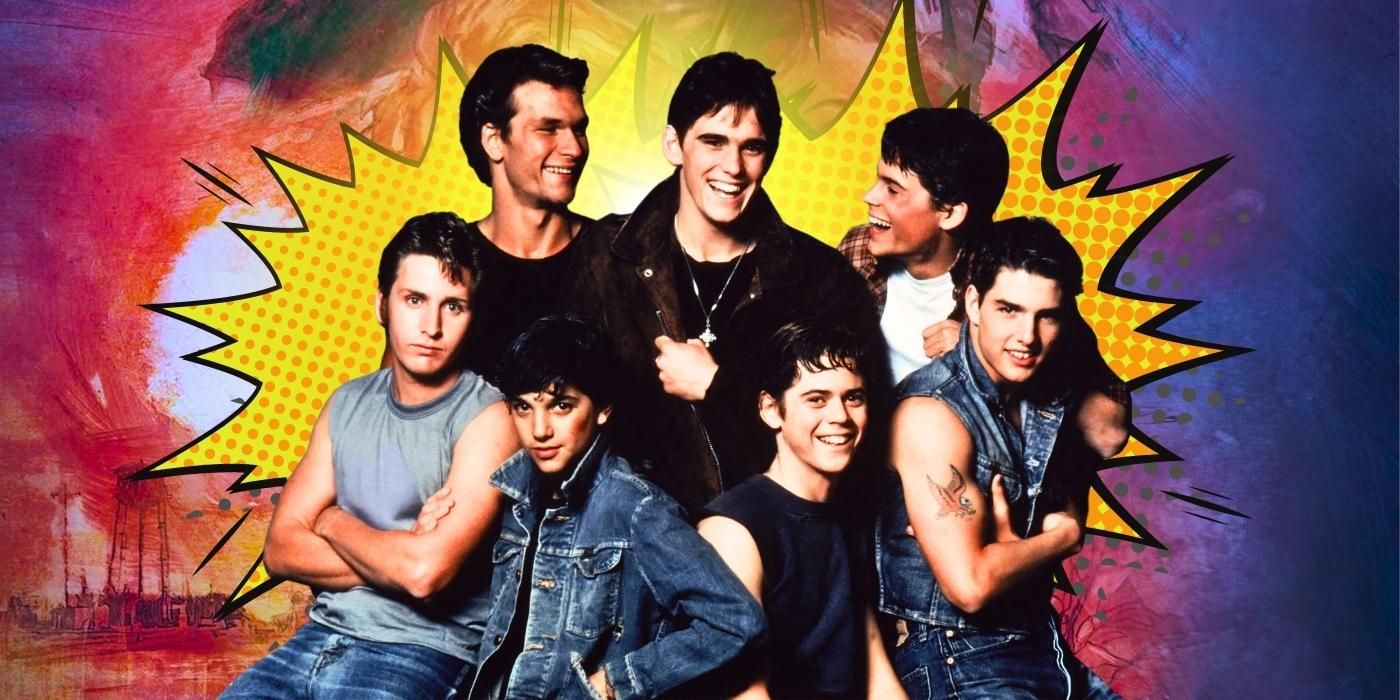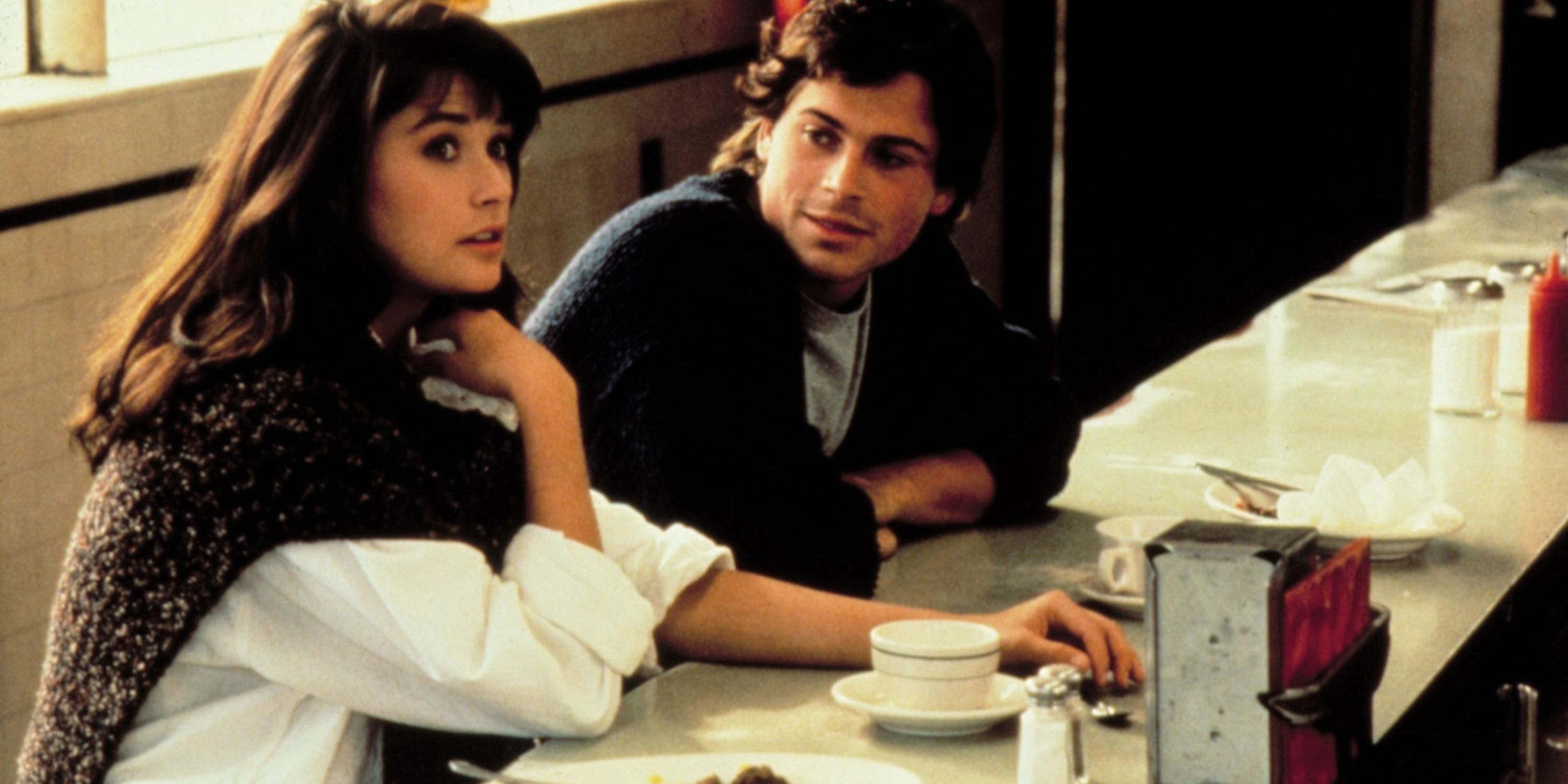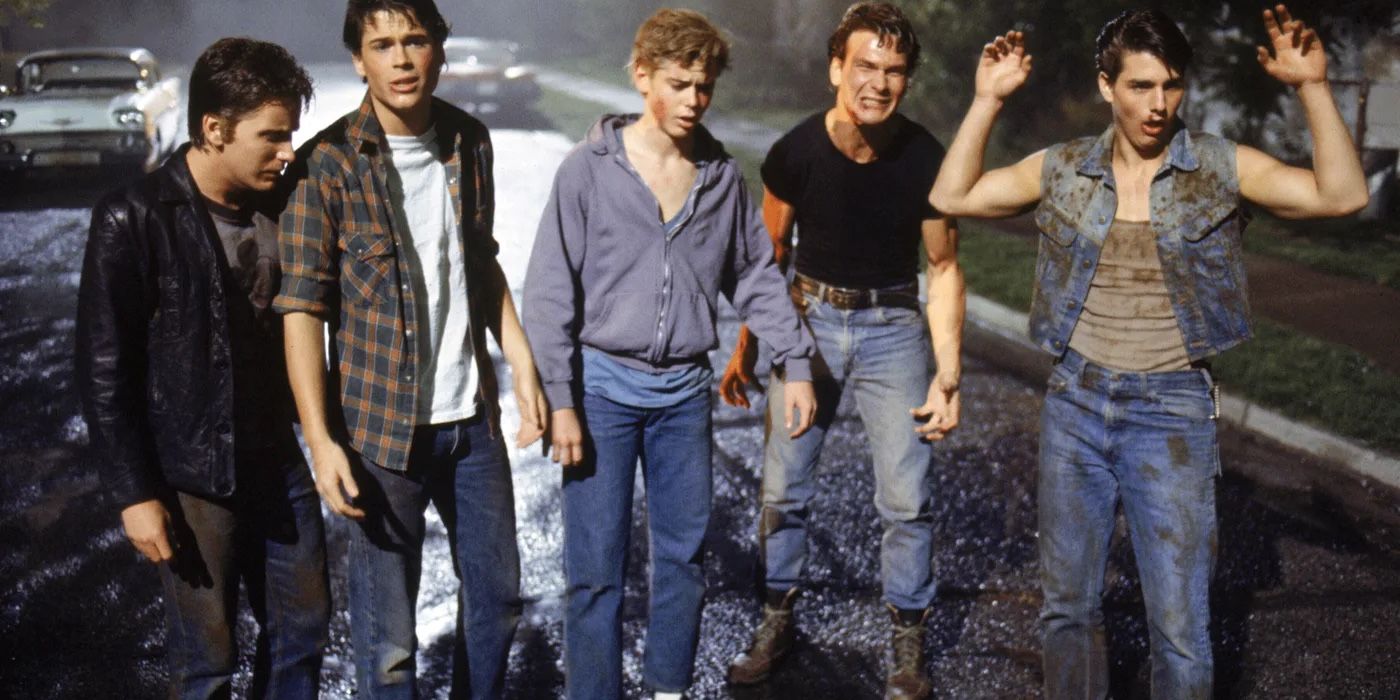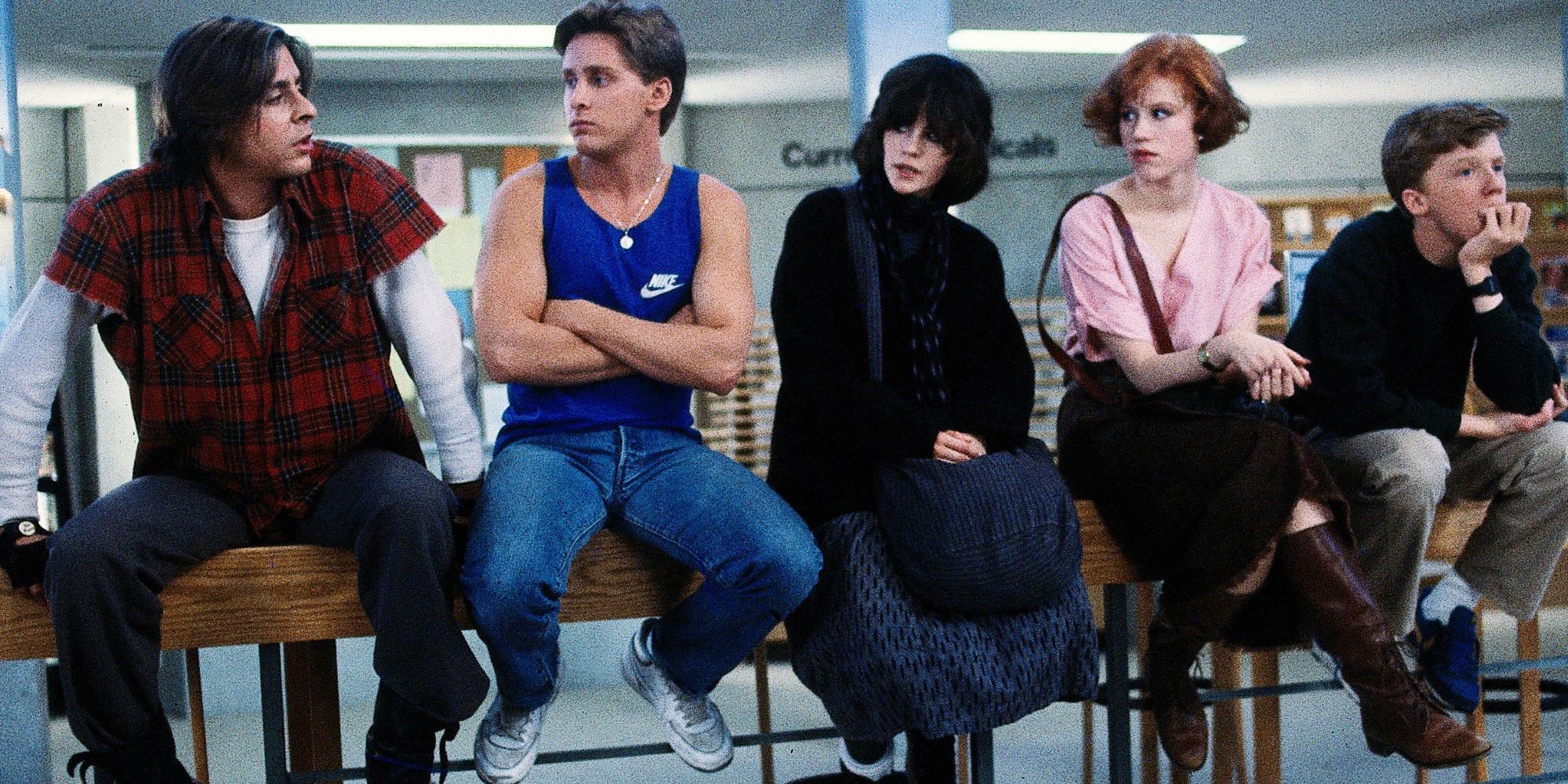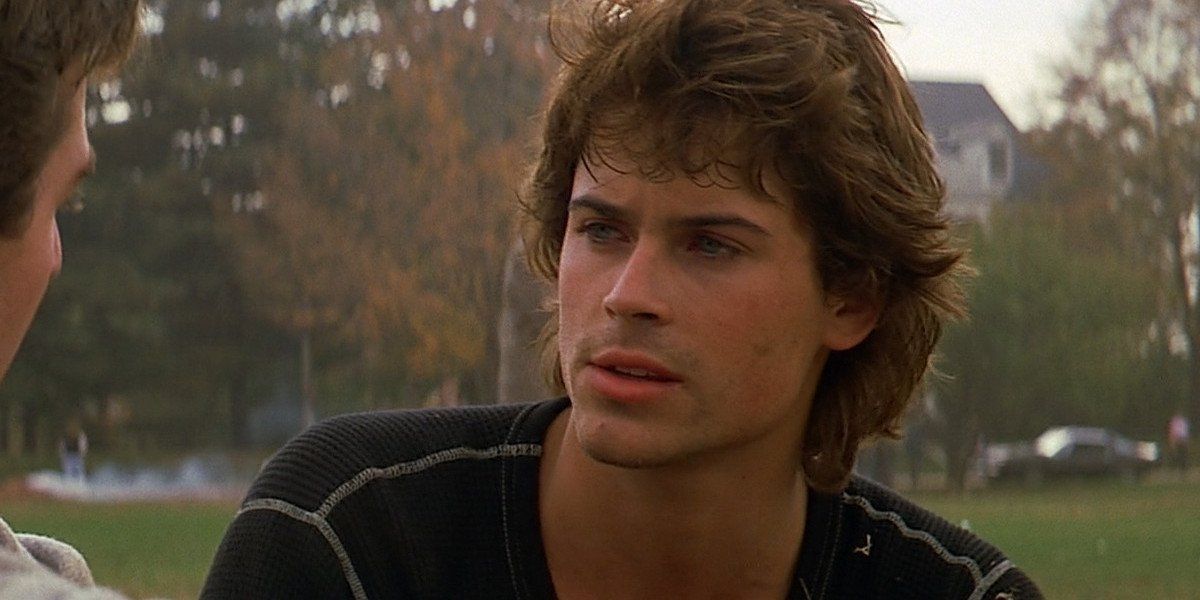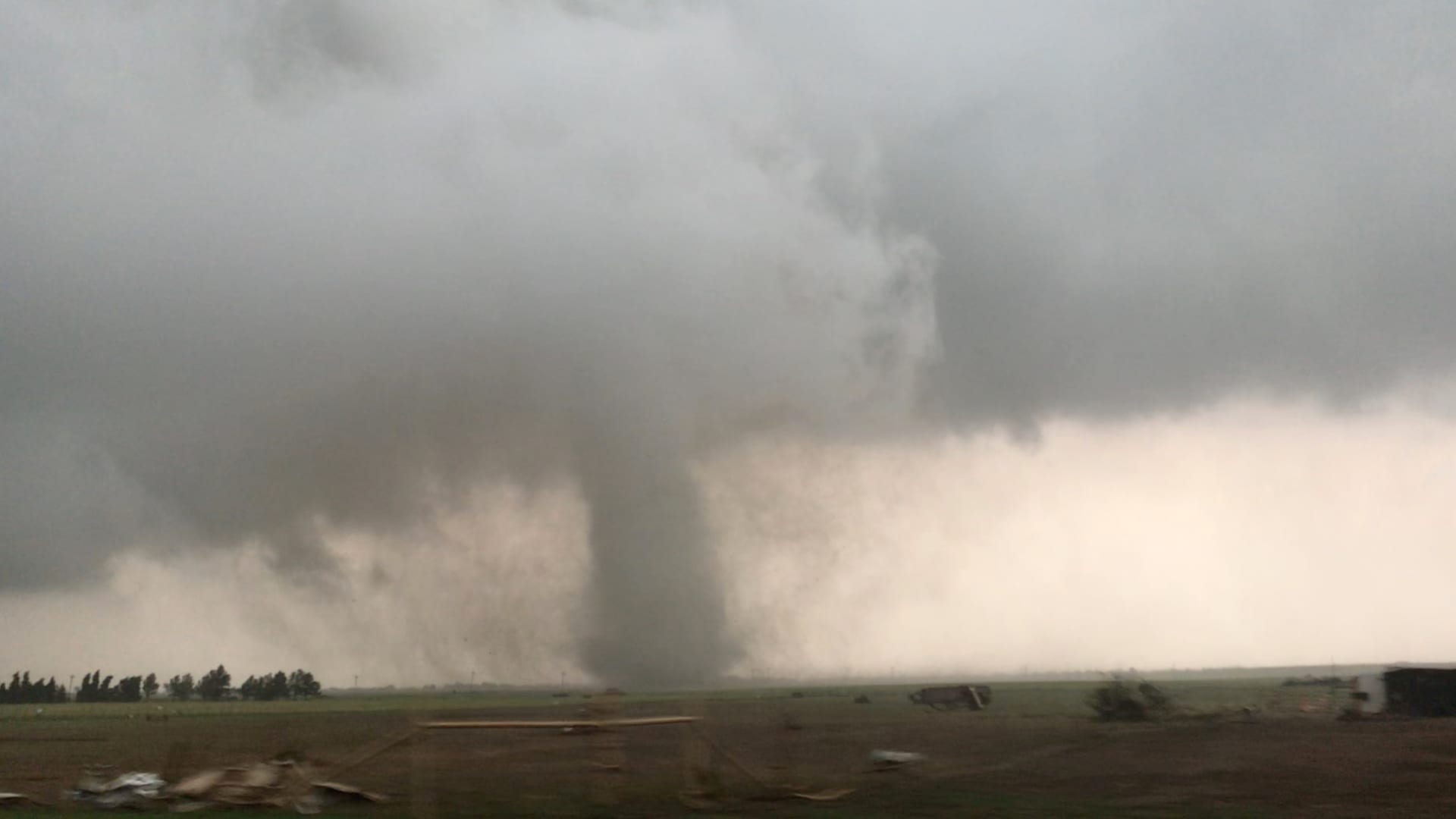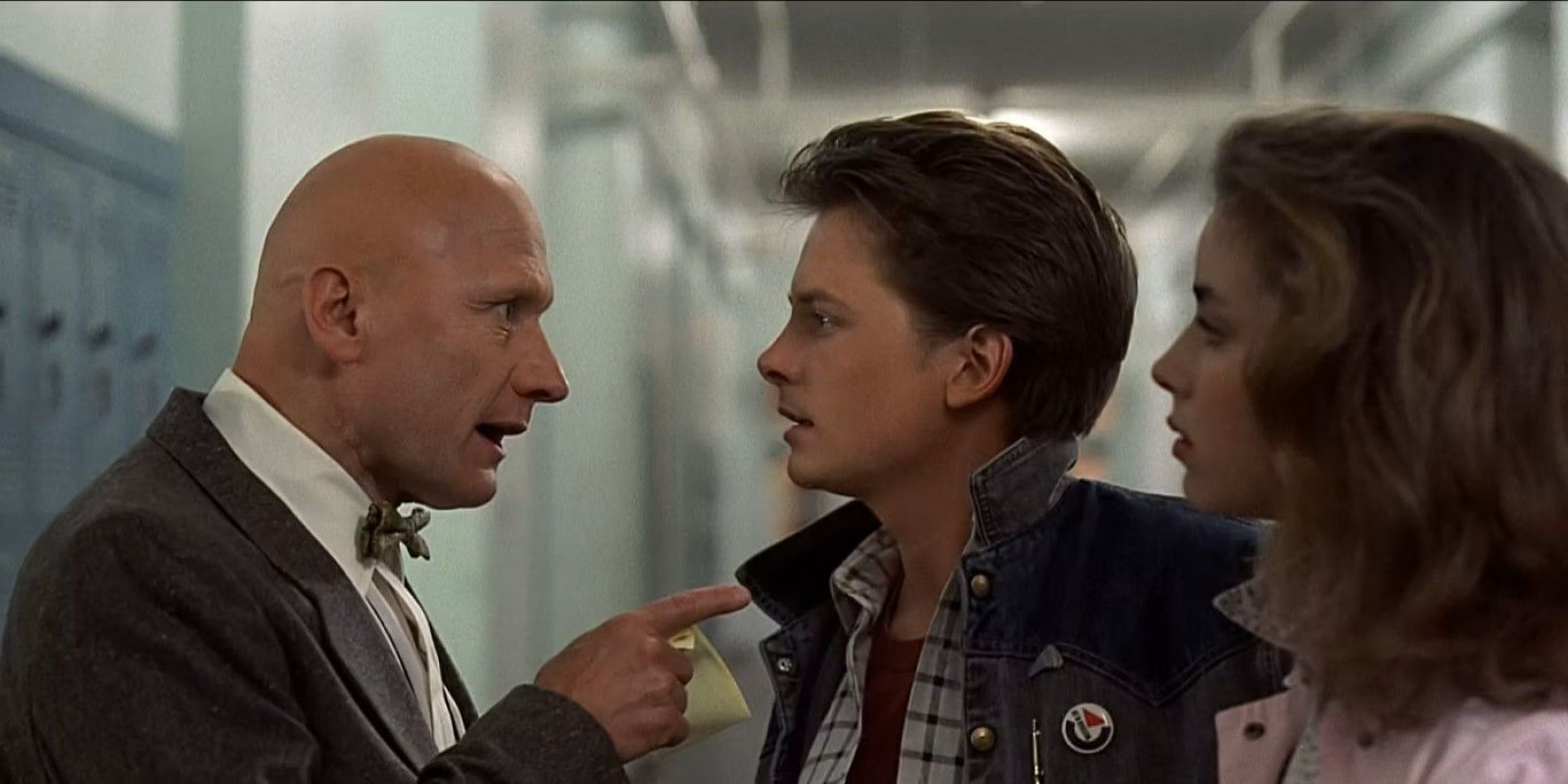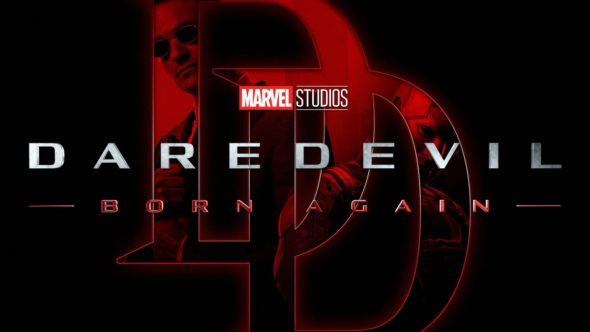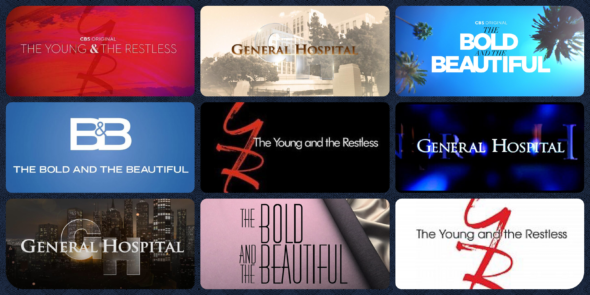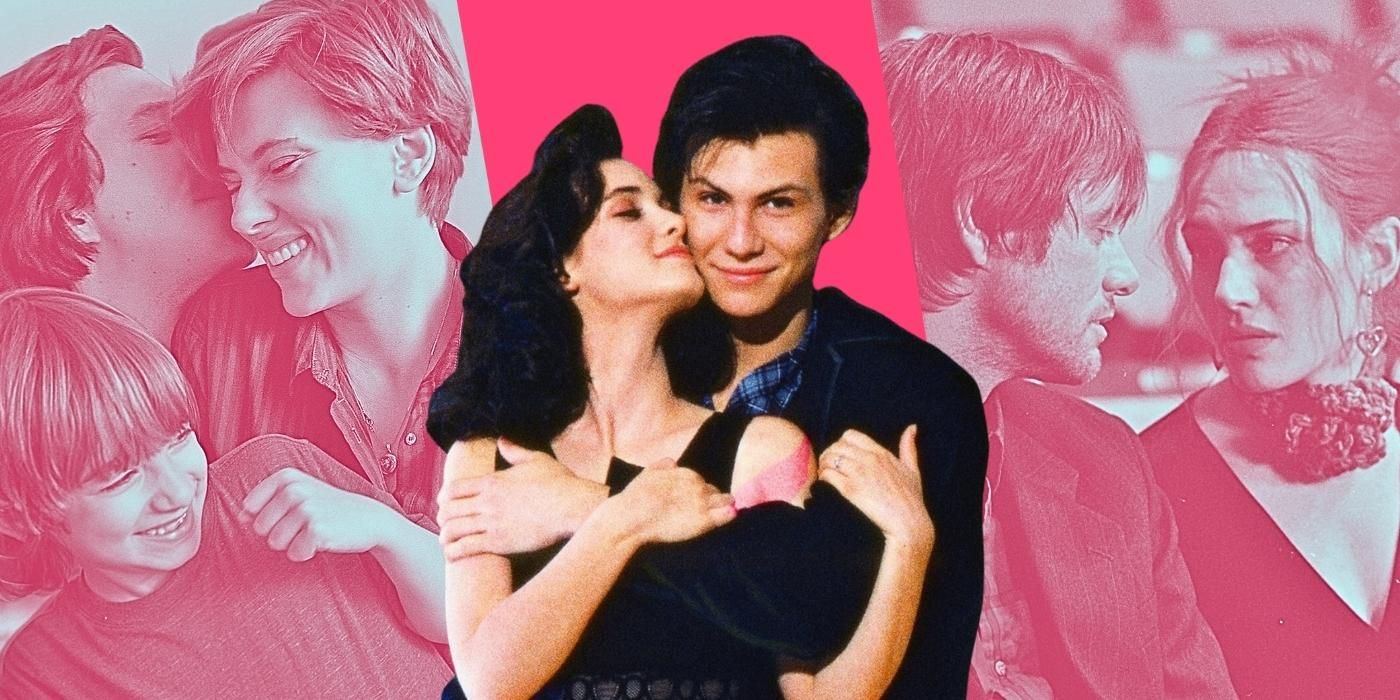When you think of the Brat Pack era that swept the nation throughout the 1980s, Francis Ford Coppola’s The Outsiders probably isn’t the first movie that comes to mind. Coming out in 1983 before the Brat Pack genre really came to fruition, The Outsiders follows a group of teenage Greasers in 1960s Oklahoma who struggle to make ends meet and avoid the violent taunting of the wealthy Socs. The movie deals with themes of love, grief, and suicide, all complex topics which are further complicated by the socioeconomic circumstances of its lead characters.
Flash forward a few years, and the Brat Pack genre was dominated by, well, Socs. In movies like The Breakfast Club, St. Elmo’s Fire, and Sixteen Candles, the leads come from different family situations but all share a distinct air of privilege and a general lack of self-awareness. When we put it up against these Brat Pack staples, The Outsiders tells a far more compelling narrative because these kids not only had to deal with the familial issues and growing pains that other Brat Pack teens deal with, but they have the added burden of their financial and social circumstances which gave them a more grounded perspective.
Who Were Members of the Brat Pack?
For a small crash course, the term “Brat Pack” was originally coined in a 1985 New York Magazine article, and refers to a group of young actors in the ’80s — namely Rob Lowe, Emilio Estevez, Judd Nelson, Molly Ringwald, Ally Sheedy, Anthony Michael Hall, Andrew McCarthy, and Demi Moore. While The Outsiders isn’t always included in Brat Pack discussions, the inclusion of Lowe and Estevez as Sodapop Curtis and Two-Bit Mathews cements its place as one of the first movies of the era. While qualifying for the genre was more about the cast than the themes, the movies typically revolved around teens and young adults — almost exclusively white and middle-class — struggling to figure out their identities, and their places in the world.
‘The Outsiders’ Greasers Struggle to Make Ends Meet
In The Outsiders, Ponyboy Curtis (C. Thomas Howell) and his older brothers Darry (Patrick Swayze) and Soda struggle to keep their little family together after the tragic death of their parents. Darry works hard to keep the lights on and keep his brothers out of a boys’ home, and Soda drops out of high school to work at the gas station and earn money. The Curtis brothers belong to the Greasers, a tight-knit group living under the poverty line and constantly butting heads with the wealthy Socs who live on the other side of town. Ponyboy is a pensive teenager who tries to stay out of trouble and mainly pals around with his best friend Johnny (Ralph Macchio), a timid but sweet boy who has been severely abused by both his parents and the Socs. After a brutal confrontation ends with Johnny killing a Soc, the two young greasers are forced to flee town. As the movie goes on, we can see how the group of young men struggle to be seen as more than thugs and criminals, while also being forced into this archetype by virtue of their circumstances.
How Does ‘The Outsiders’ Compare to Other Brat Pack Movies?
In terms of other Brat Pack movies, John Hughes’ The Breakfast Club is probably the one that shares the most with The Outsiders, albeit skewed through a middle-class lens. The parents in both movies are either absent or abusive, and the main teens are lumped together by authority figures and dismissed as burnouts and delinquents. Like some of the kids in The Outsiders, The Breakfast Club’s lead bad boy John Bender (Judd Nelson) has a violent father, and the other kids also have strained relationships with their parents. Their problems are valid, and we can’t completely dismiss them. However, these teens walk up to Shermer High School with such melancholy you’d think they were headed for the gallows rather than a Saturday in detention.
Throughout The Breakfast Club, we can see how while these kids are all struggling in different ways, they’re also insanely entitled. The popular Claire (Molly Ringwald) pulls out a full sushi board in the library and then can’t stand being called out for her wealth and social status, and Andrew’s (Emilio Estevez) biggest grievance is the pain he inflicted on another student — personally Andrew, I feel worse for the kid whose butt cheeks you ripped off.
In The Outsiders, on the other hand, Socs like Cherry (Diane Lane) and Randy (Darren Dalton) resent their elite reputations and feel trapped by the status quo. Similarly, while the teens in The Breakfast Club all have justified emotions and insecurities, what all these characters have in common are the glaring blindspots that come along with immense privilege. Beloved though it may be, this cult classic is essentially an hour and a half of teenagers learning about basic empathy and meandering their way out of total self-absorption. While The Breakfast Club gang is forced to write the principal an essay defining themselves — which of course, they refuse to do — in The Outsiders’ Johnny, Dally (Matt Dillon), and Ponyboy have to literally run into a burning building in order to prove their character to their community.
‘The Outsiders’ Couldn’t Be More Different Than ‘St. Elmo’s Fire’ & ‘Sixteen Candles’
While the kids in The Breakfast Club are far from perfect, they’re nothing compared to the over-coiffed, self-important twenty-somethings in St. Elmo’s Fire. These recent college grads range from slightly sympathetic to downright insufferable, most of them reeking of ignorance and lamenting their superficial problems to anybody who will listen. I understand the plight of the aimless graduate as well as anyone, and even I cringe as these characters complain about having to wait tables and be gifted cars by their rich fathers while their cries reverberate off of the exposed brick of their inexplicably massive apartments. In comparison, the Director’s Cut of The Outsiders opens with Ponyboy being stalked, jumped, and sliced by a group of predatory Socs just for walking alone down the street. I think most viewers of St. Elmo’s Fire would pay good money to see the movie’s self-righteous leads in a rumble with the Greasers and Socs from The Outsiders.
Another John Hughes classic, the quintessential ’80s rom-com Sixteen Candles is once again a movie that highlights the struggles of teenhood, but is shrouded by a veil of annoying entitlement — and in this case, appalling racism. Molly Ringwald’s Sam is horrified that her family has forgotten her sixteenth birthday, which honestly, is fair enough. However, as she pines over popular jock Jake Ryan (Michael Schoeffling) and is frustrated by the relentless pursuits of Ted the Geek (Anthony Michael Hall), watching Sam wallow in her angst gets a bit tiring. Once again, our protagonist is facing upsetting issues, but we can’t deny that Sam’s white, middle-class status in Sixteen Candles endows her with an undeniably privileged point of view.
Brat Pack Movies Legitimized the ’80s Young Adult Experience
All in all, when we compare The Outsiders to other Brat Pack movies of the era, we have to acknowledge that privilege and socioeconomic status play a major part in the viewing experience. To reiterate, not every movie has to have life-and-death stakes, and most of the problems that we face in life are not grand-scale catastrophes. What the Brat Pack movies do well is show that when you’re young, everything feels like the end of the world. This genre legitimized the young adult experience in a new way and is an undeniable cornerstone of ’80s pop culture.
However, it’s also worth acknowledging that when compared with a movie like The Outsiders, the problems of the middle class become increasingly surface-level. When we watch The Breakfast Club, St. Elmo’s Fire, and Sixteen Candles with this idea in mind, it’s made glaringly obvious that the majority of these characters suffer more from the emotional turmoil that they conjure up for themselves rather than from the actual situations they find themselves in. As Cherry and Ponyboy discuss in The Outsiders, while all these teens may watch the same sunset, they certainly don’t live in the same world.
























































![Social Media Spring Cleaning [Infographic] Social Media Spring Cleaning [Infographic]](https://imgproxy.divecdn.com/9e7sW3TubFHM00yvXe5zvvbhAVriJiGqS8xmVFLPC6s/g:ce/rs:fit:770:435/Z3M6Ly9kaXZlc2l0ZS1zdG9yYWdlL2RpdmVpbWFnZS9zb2NpYWxfc3ByaW5nX2NsZWFuaW5nMi5wbmc=.webp)
![5 Ways to Improve Your LinkedIn Marketing Efforts in 2025 [Infographic] 5 Ways to Improve Your LinkedIn Marketing Efforts in 2025 [Infographic]](https://imgproxy.divecdn.com/Hv-m77iIkXSAtB3IEwA3XAuouMwkZApIeDGDnLy5Yhs/g:ce/rs:fit:770:435/Z3M6Ly9kaXZlc2l0ZS1zdG9yYWdlL2RpdmVpbWFnZS9saW5rZWRpbl9zdHJhdGVneV9pbmZvMi5wbmc=.webp)



